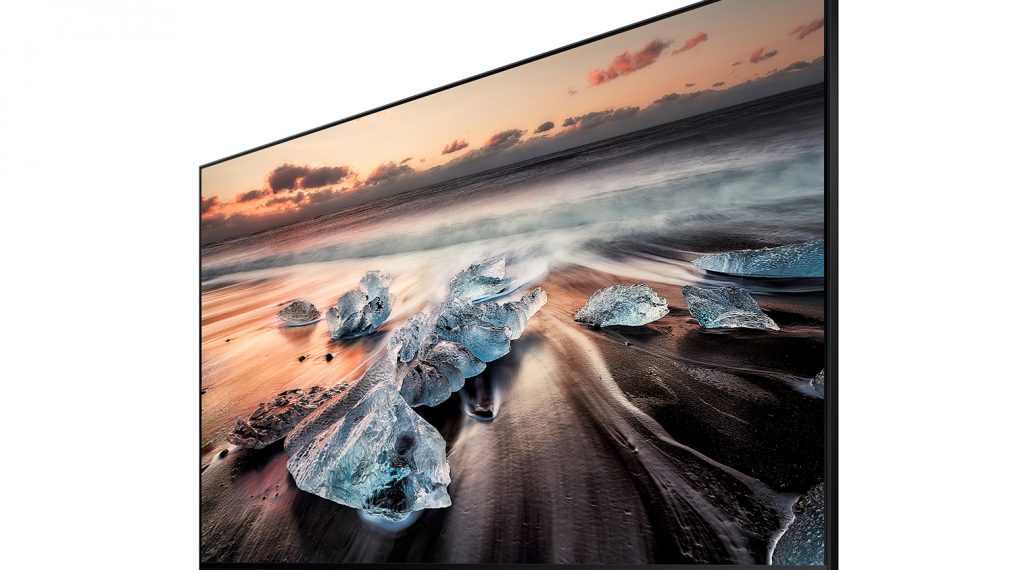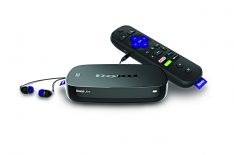All Your Smart-TV Terms Defined

Picking out a new TV can be as confusing as deciding which shows deserve your time.
Luckily, we’re here to help you sort out what to watch, and we have Scott Cohen, senior manager of product training at Samsung, to break down some of the more tech-y terms that come up when you’re ready to throw down some cash on your next set.
UHD
and 4k These interchangeable descriptors refer to sets with sharper pictures. UHD means ultra-high-definition, and 4K specifies the 4,000 pixels onscreen—four times as many as regular high-def sets, says Cohen. But the higher the def, the higher the price: 8K TVs (such as this Samsung model, right) start at $5,000.
QLED
If you want deeper, more defined primary colors, look for sets packing this screen-display technology (which stands for Quantum dot Light-Emitting Diode). Some brands also sell OLED TVs (Organic Light-Emitting Diode display), which can deliver similarly rich images.
HDMI
Short for high-definition multimedia interface, HDMI “is for transmitting video and audio data from one device to another,” says Cohen. For example, your Roku streaming stick plugs directly into your TV’s HDMI port, and you’d use an HDMI cord to connect your cable box to the set.
Multi-Room Link
This is an audio option that allows you to wirelessly connect speakers and other devices throughout your home. Surround sound on steroids!
Motion Rate
Also known as a refresh rate, this denotes the number of frames a television can show per second (measured in Hertz). “If a TV has a 60Hz refresh rate, it can display 60 images per second,” says Cohen. The higher the rate, the better the picture quality, and it’s easier to find a clear frame when you hit pause.
From TV Guide Magazine
How 'Countdown' Recruited Jensen Ackles to Go Full 'Die Hard'
Countdown boss Derek Haas talks creating the character around Ackles, and the cast teases the “Avengers”-like team of the crime thriller. Read the story now on TV Insider.










